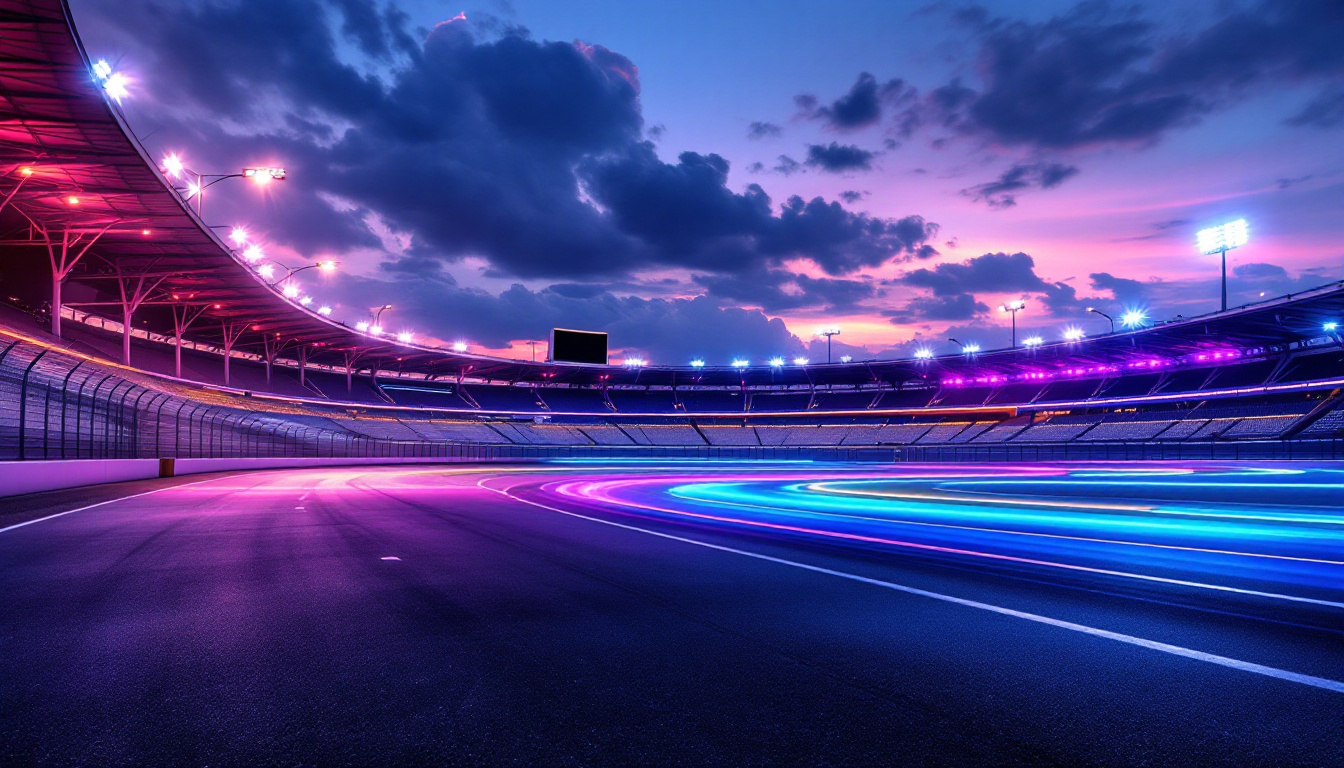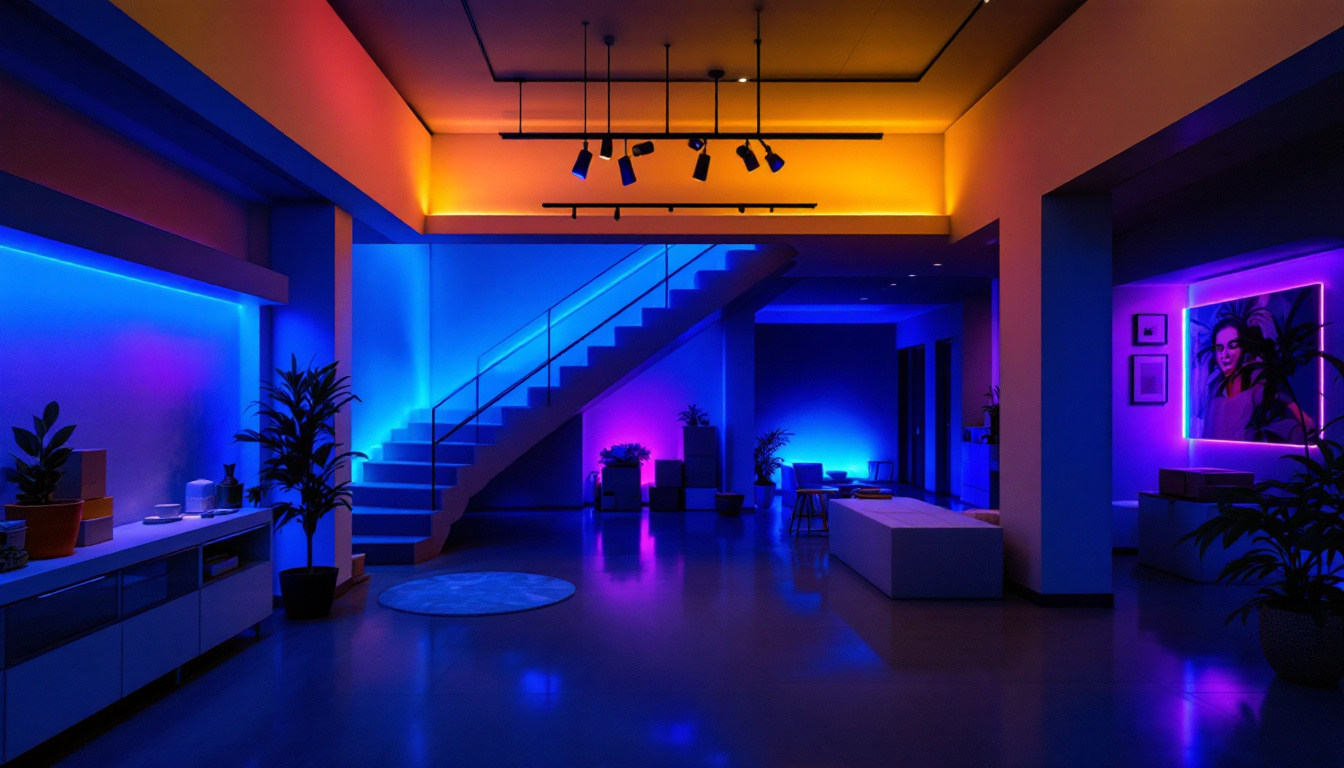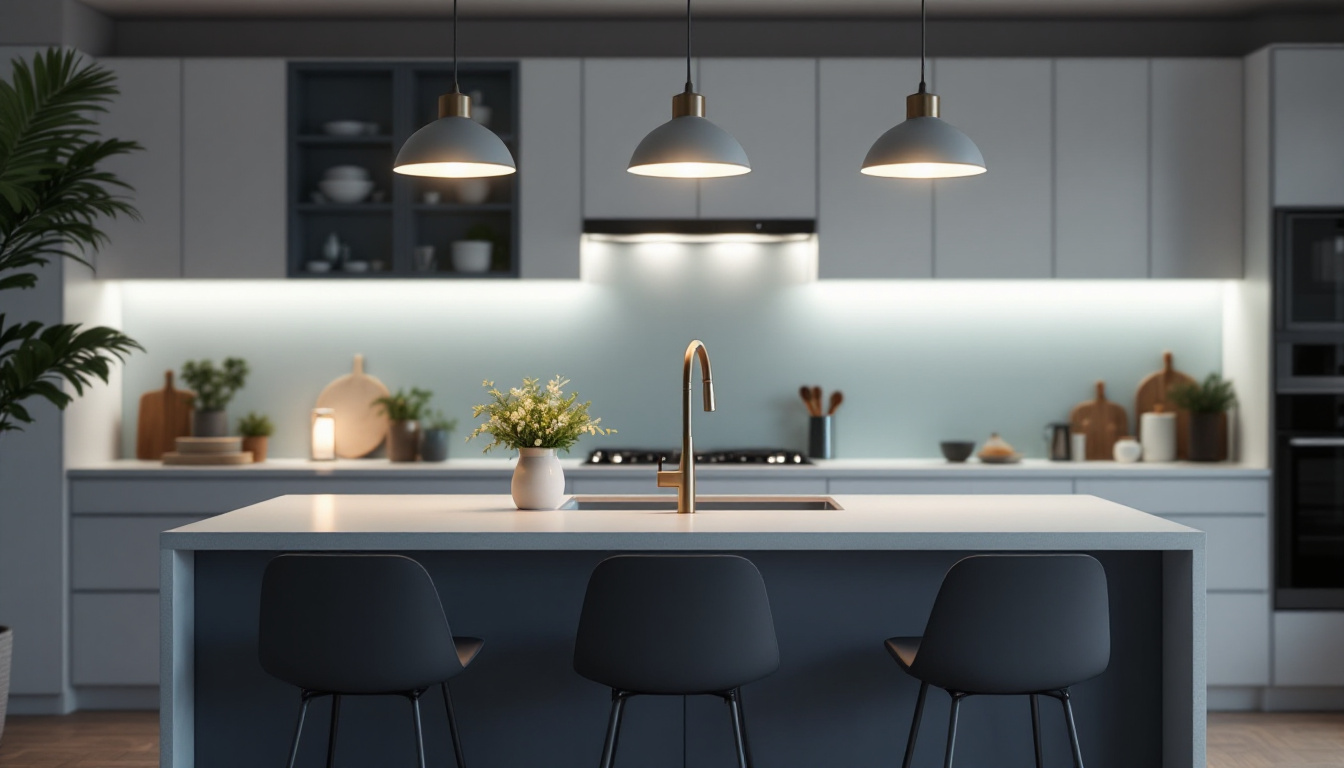
In the world of lighting, understanding the various base sizes of light bulbs is crucial for lighting contractors. The base of a light bulb not only determines its compatibility with fixtures but also affects the overall performance and efficiency of the lighting system. This article delves into the different base sizes available, their alternatives, and offers guidance on what lighting contractors should consider when making their selections.
Light bulb base sizes refer to the diameter and shape of the base that connects the bulb to its fixture. The base size is a critical factor that can influence the installation process, the type of fixture used, and the overall lighting design. Familiarity with common base sizes helps contractors make informed decisions when selecting bulbs for various applications.
There are several standard base types used in light bulbs, each with its unique characteristics. The most common base types include:
Understanding these base types is essential for ensuring compatibility with fixtures and achieving optimal lighting performance. Each base type not only serves a functional purpose but also reflects the evolution of lighting technology. For example, the Edison screw base, named after Thomas Edison, has been a staple in lighting for over a century, showcasing its reliability and widespread acceptance. In contrast, the bi-pin base has gained popularity with the rise of energy-efficient lighting solutions, highlighting the industry’s shift towards more compact and versatile designs.
The base size of a light bulb plays a significant role in lighting design. An incorrect base size can lead to installation challenges, reduced efficiency, or even safety hazards. For instance, using a bulb with a larger base than the fixture can result in improper seating, leading to flickering or failure.
Moreover, the choice of base size can influence the aesthetic appeal of a space. Different base types can create varying visual effects, making it essential for contractors to consider both functionality and design when selecting bulbs. The interplay of light and shadow created by the bulb’s placement and base type can dramatically alter the ambiance of a room. For instance, a candelabra base bulb can add a touch of elegance to a dining area, while a more robust Edison screw bulb can provide a vintage industrial feel in a loft setting. Additionally, the rise of smart lighting solutions has introduced new base sizes and types, further expanding the options available for creating customized lighting experiences that cater to both practical needs and stylistic preferences.
While traditional light bulb bases are widely used, there are several alternatives that lighting contractors should be aware of. These alternatives can offer unique advantages in specific applications, enhancing both functionality and aesthetic appeal in various settings.
LED bulbs have gained immense popularity due to their energy efficiency and long lifespan. Many LED bulbs come with standard base sizes, making them easy to replace traditional incandescent bulbs. However, some LED options may feature proprietary bases designed for smart lighting systems. These smart bulbs not only provide illumination but also integrate seamlessly into home automation systems, allowing users to customize their lighting experience.
Smart bulbs, which can be controlled via smartphone apps or voice commands, often come with unique base configurations. Contractors should consider the compatibility of these bases with existing fixtures when recommending smart lighting solutions to clients. Additionally, many smart bulbs offer features such as color changing capabilities and dimming options, enabling users to create the perfect ambiance for any occasion. This versatility makes them an attractive option for both residential and commercial spaces, where lighting needs can vary significantly throughout the day.
In addition to standard base sizes, there are specialty bases designed for specific applications. For example, MR16 bulbs, commonly used in recessed lighting, feature a bi-pin base that allows for precise beam angles and focused lighting. These bulbs are particularly favored in retail environments and art galleries, where highlighting specific products or artwork is essential for creating an engaging atmosphere.
Contractors should be aware of these specialty bases and their applications to provide tailored solutions for clients. Understanding the specific needs of a project can help in selecting the right bulb type and base size. Furthermore, there are also bases designed for vintage-style bulbs, such as the E26 and E27 bases, which accommodate the growing trend of retro lighting fixtures. These bulbs not only provide functional lighting but also serve as decorative elements, adding character and charm to spaces like cafes, restaurants, and homes. By staying informed about these diverse options, contractors can better meet the evolving demands of their clients and enhance the overall lighting experience.
When selecting light bulbs for various applications, it is essential to consider the specific requirements of each project. Different environments may necessitate different base sizes to achieve optimal performance and aesthetics.
In residential settings, the most common base sizes are E26 and E12. E26 bulbs are typically used in standard fixtures, while E12 bulbs are popular for decorative lighting, such as chandeliers and sconces. Understanding the lighting needs of a home can guide contractors in recommending the right base size.
Additionally, energy-efficient options like LED bulbs should be considered to help homeowners reduce energy costs and environmental impact. Contractors should be prepared to educate clients on the benefits of switching to LED technology.
Commercial spaces often have unique lighting requirements that may necessitate different base sizes. For instance, track lighting systems may utilize G8 or G4 bi-pin bases, while larger spaces may require high-wattage bulbs with E39 bases.
Understanding the specific lighting needs of a commercial space, such as brightness levels and energy efficiency, is vital for making informed base size selections. Contractors should also consider the longevity and maintenance of the chosen bulbs to minimize disruptions in business operations.
Choosing the right base size involves more than just compatibility with fixtures. Several factors should be taken into account to ensure optimal performance and satisfaction for clients.
Energy efficiency is a critical consideration in today’s lighting landscape. Contractors should prioritize base sizes that accommodate energy-efficient bulbs, such as LEDs. These bulbs not only reduce energy consumption but also have a longer lifespan, resulting in lower maintenance costs for clients.
When selecting base sizes, it is essential to assess the energy ratings of the bulbs available. Many manufacturers provide information on lumens per watt, allowing contractors to make informed choices that align with energy-saving goals.
The quality of light produced by a bulb can significantly impact the ambiance of a space. Different base sizes may offer varying options for color temperature, which affects how colors are perceived in a room.
Contractors should consider the intended use of the space when selecting base sizes. For example, warmer color temperatures may be suitable for residential areas, while cooler temperatures may be more appropriate for commercial settings. Understanding the psychological effects of light can aid in creating the desired atmosphere.
The lighting industry is continuously evolving, with new technologies and trends emerging regularly. Staying informed about these changes can help contractors adapt to client needs and offer cutting-edge solutions.
As LED technology continues to advance, new base sizes and configurations are likely to emerge. Manufacturers are constantly innovating to improve efficiency and versatility, which may lead to the development of new base types that cater to specific applications.
Contractors should keep an eye on industry trends and be open to exploring new options that may enhance their lighting designs. This proactive approach can position contractors as knowledgeable professionals in a rapidly changing market.
The rise of smart lighting solutions is reshaping the landscape of lighting design. As more clients seek automated and customizable lighting options, contractors must be prepared to navigate the complexities of smart bulb base sizes and compatibility.
Understanding how these solutions integrate with existing systems will be crucial for contractors looking to offer comprehensive lighting services. Training on smart technologies and their applications can provide a competitive edge in the market.
In conclusion, understanding light bulb base sizes is essential for lighting contractors looking to provide effective and efficient lighting solutions. By familiarizing themselves with common base types, alternatives, and the specific needs of various applications, contractors can make informed decisions that enhance their projects.
As the industry continues to evolve, staying updated on trends and advancements will be key to maintaining a competitive edge. By prioritizing energy efficiency, light quality, and smart technology integration, contractors can ensure their clients receive the best possible lighting solutions.
Ultimately, the right choice of light bulb base size can significantly impact the performance, aesthetics, and sustainability of lighting designs. By taking the time to understand these factors, lighting contractors can enhance their expertise and deliver exceptional results for their clients.
Ready to elevate your lighting projects with the right base sizes and the highest quality products? Look no further than LumenWholesale for all your lighting needs. Our extensive selection of spec-grade lighting products ensures you have access to the best options for any application, all at unbeatable wholesale prices. Say goodbye to middleman markups and hello to superior lighting with free shipping on bulk orders. Don’t compromise on quality or value; choose LumenWholesale for a seamless purchasing experience that combines quality, affordability, and convenience. Take the next step in optimizing your lighting solutions by visiting Wholesale Lighting at the Best Value today.

Discover innovative strategies to future-proof your race track lighting projects.

Discover why purchasing architectural RGB lighting fixtures in bulk from local distributors might not be the best choice.

Discover the pitfalls lighting contractors often encounter when installing LED lights for track lighting.

Discover why staying updated on the latest trends and technologies in kitchen island lighting is crucial for every lighting contractor.